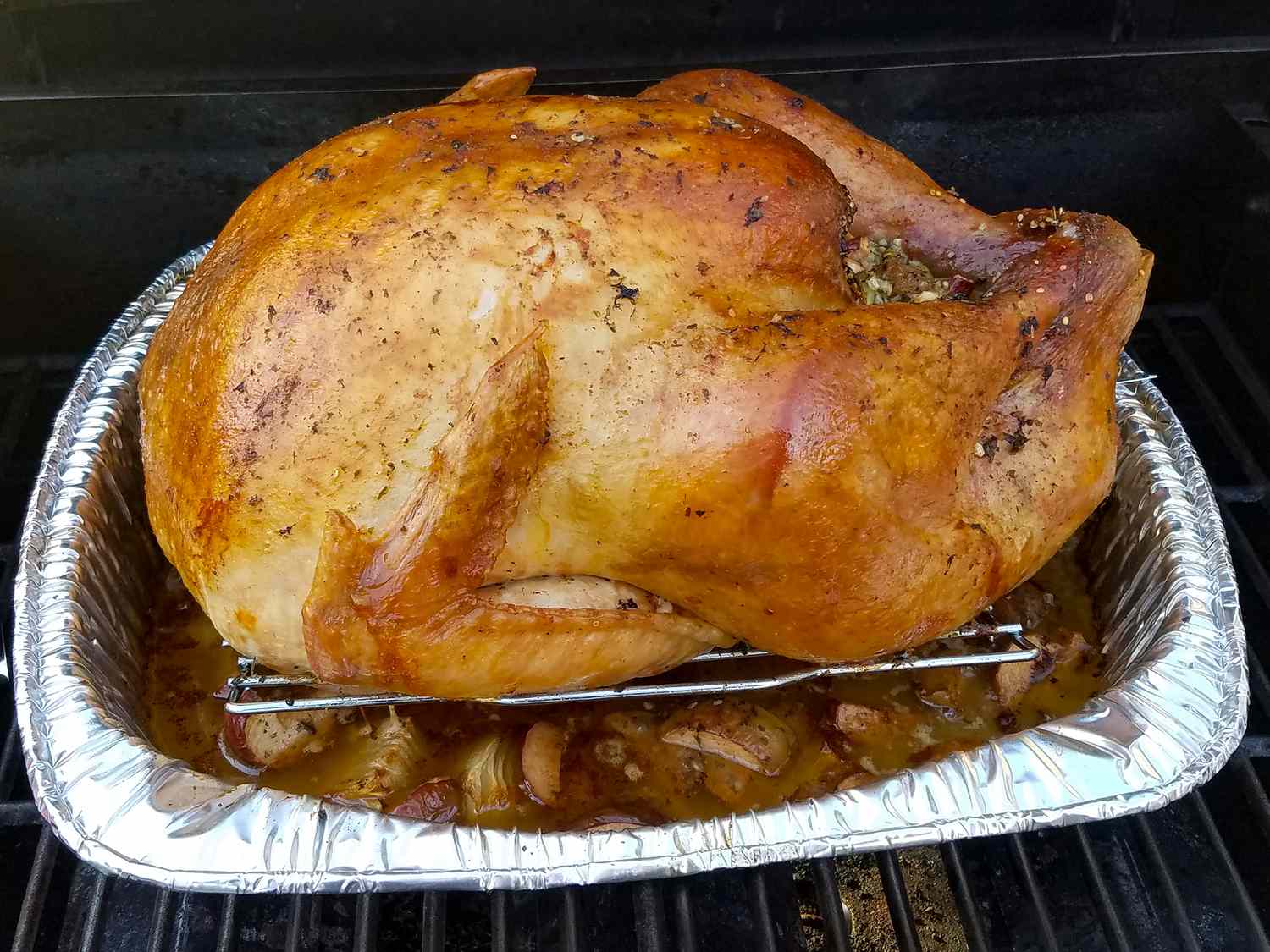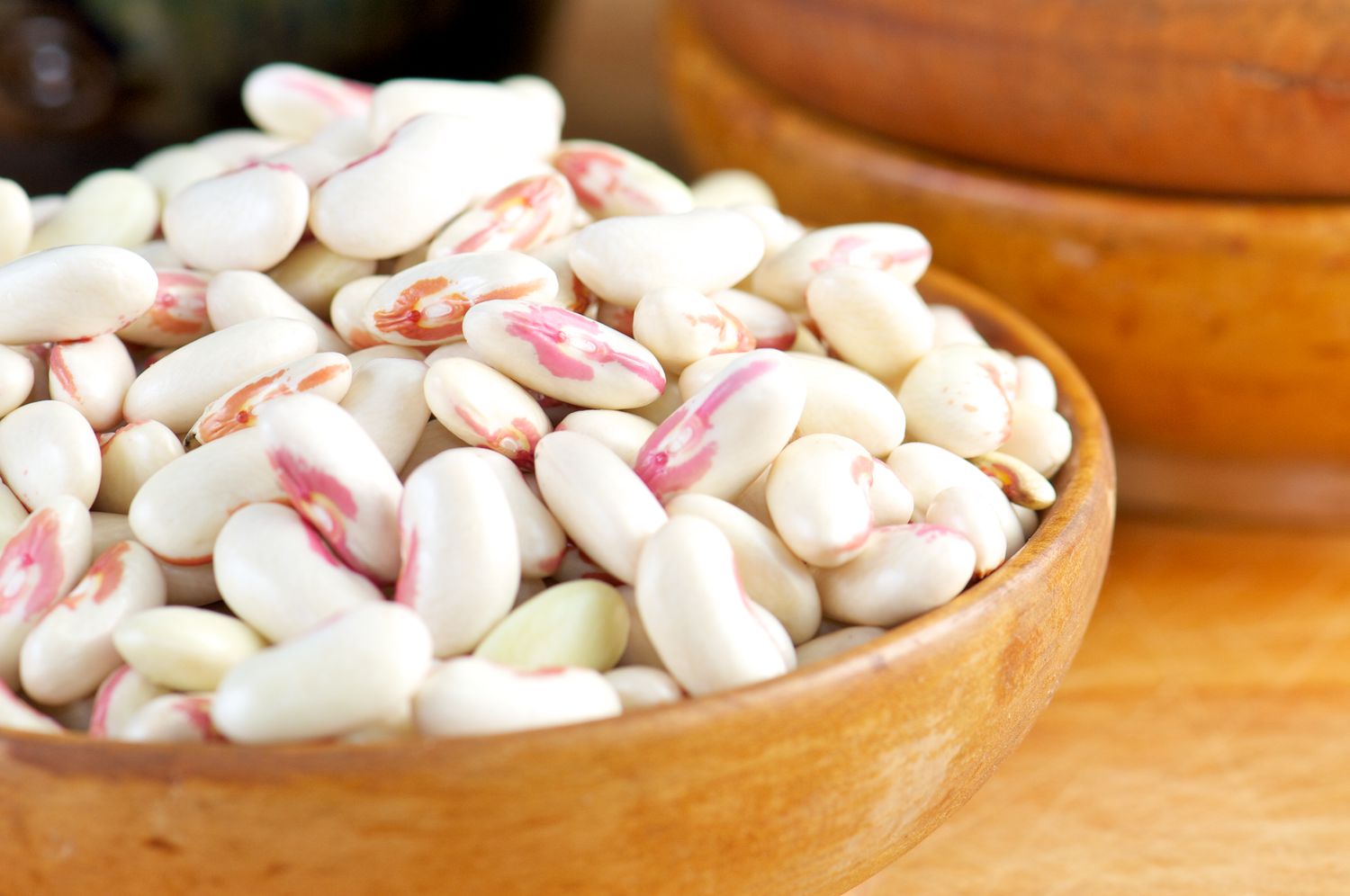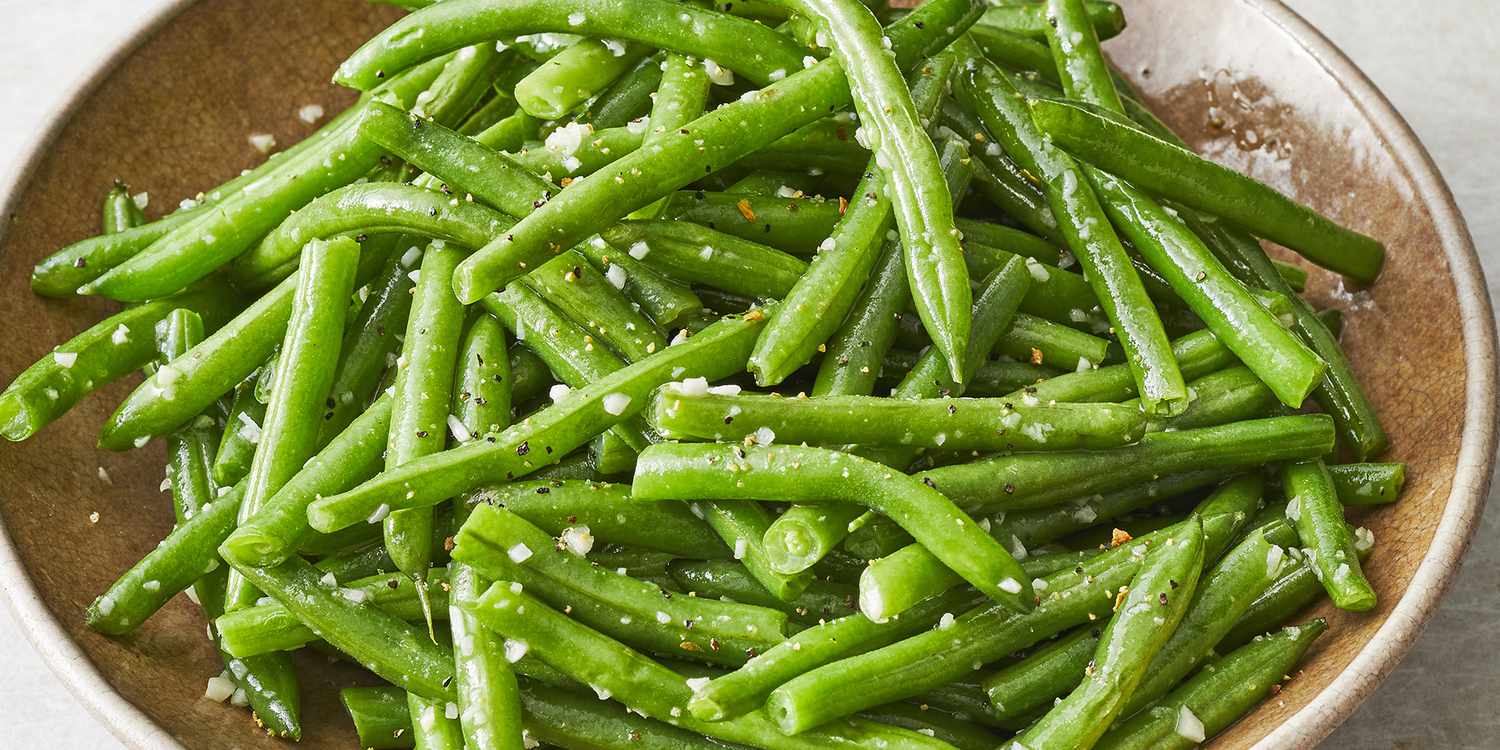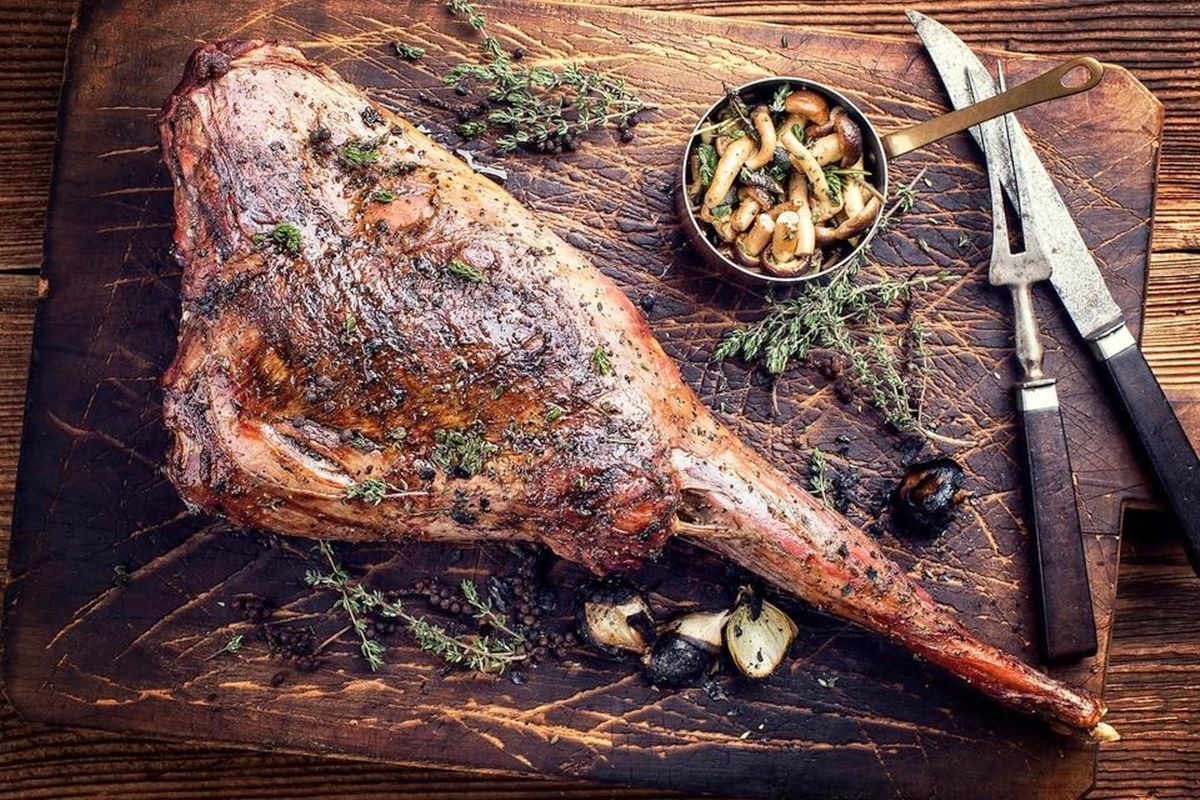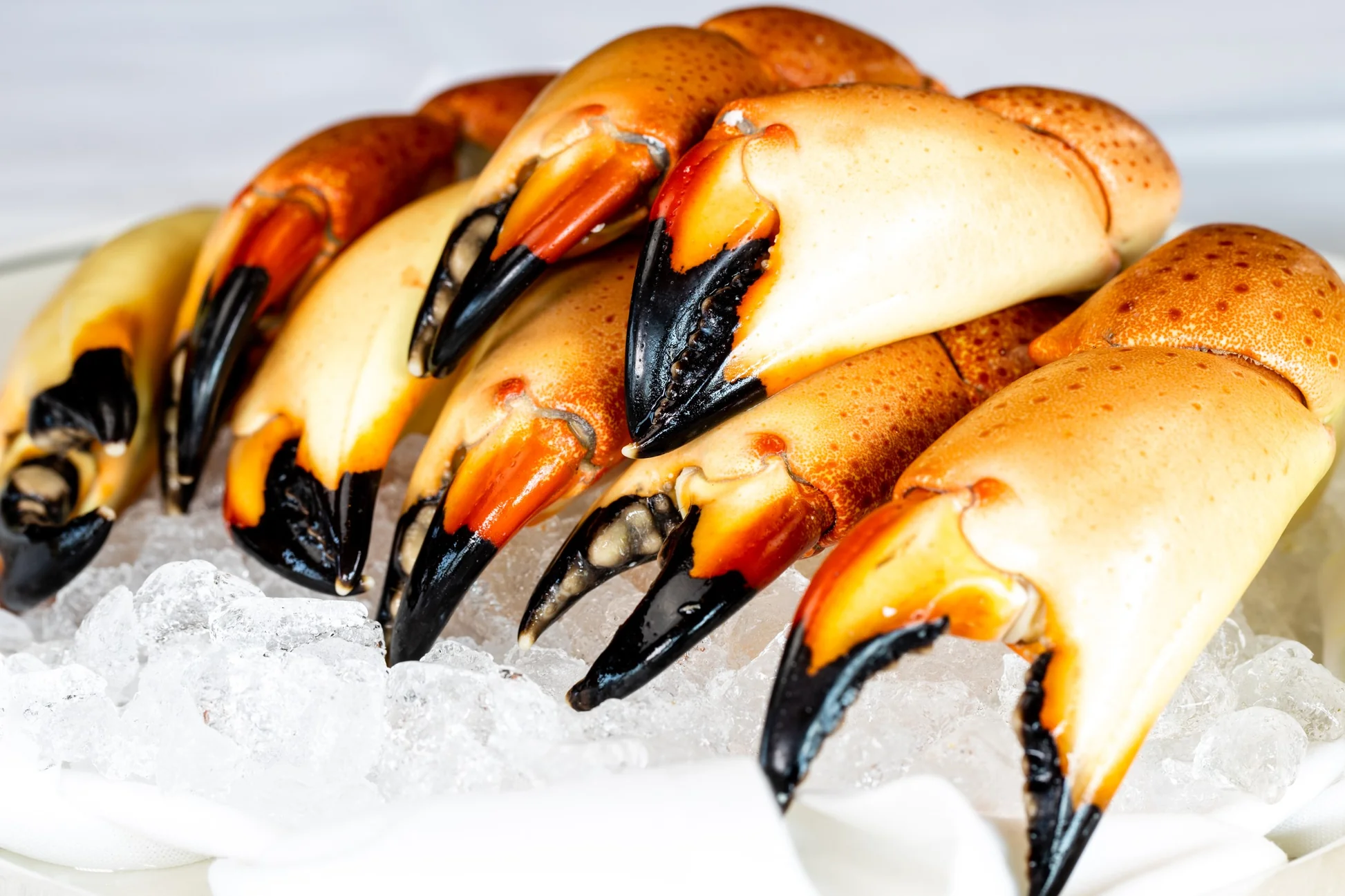Preparing Nutritious and Delicious Sardines for Your Pup
When it comes to providing a well-rounded and wholesome diet for your furry friend, sardines can be an excellent addition. Packed with omega-3 fatty acids, protein, and essential nutrients, sardines offer numerous health benefits for dogs. Plus, they are easy to prepare and highly palatable for your canine companion. Follow these simple steps to cook sardines for your dogs:
1. Choose Fresh and High-Quality Sardines
The first step in preparing sardines for your dog is to choose the right fish. Look for fresh sardines that are firm, moist, and have a mild scent. Opt for sardines packed in water or olive oil rather than those with added salt or seasonings. Avoid sardines that are heavily processed or contain preservatives, as they may not provide the same nutritional benefits.
2. Remove Bones and Cut into Dog-Friendly Portions
Sardines typically have small, soft, and edible bones. However, it’s crucial to remove any large bones that could pose a choking hazard to your furry friend. Carefully debone the sardines using kitchen tweezers or your fingers. Once the bones are removed, cut the sardines into smaller, dog-friendly portions. This will make it easier for your pup to enjoy without any difficulties.
3. Cooking Options
There are two main cooking options for sardines: baking and grilling.
- Baking: Preheat your oven to 375°F (190°C). Place the deboned sardines on a parchment-lined baking sheet and drizzle them with a small amount of olive oil. Bake for approximately 10-12 minutes or until the fish is fully cooked and flakes easily with a fork.
- Grilling: Preheat a grill or grill pan to medium-high heat. Lightly brush the sardines with olive oil to prevent sticking. Grill the sardines for 3-4 minutes per side, or until they are cooked through and have appealing grill marks.
4. Let Them Cool and Serve
After cooking, allow the sardines to cool down before serving them to your dog. You can serve them as a standalone treat, mix them with your dog’s regular food, or use them as a tasty topper to enhance the flavor of your dog’s meals. Remember, moderation is key, and sardines should be given as part of a balanced diet.
Health Benefits of Sardines for Dogs
Sardines are not only delectable but also offer numerous health benefits for dogs:
- Rich in Omega-3 Fatty Acids: Omega-3 fatty acids promote healthy skin and coat, reduce inflammation, and support joint health.
- Excellent Source of Protein: Protein is essential for muscle development, repair, and overall growth.
- Packed with Essential Nutrients: Sardines provide vitamins D, B12, and selenium, which are crucial for your dog’s overall health and well-being.
Always consult with your veterinarian before making any changes to your dog’s diet, especially if your pup has specific dietary restrictions or health conditions.
So, the next time you’re looking for a nutritious and tasty treat to pamper your dog, consider cooking up some sardines. Your four-legged friend will surely thank you for the scrumptious meal!
Was this page helpful?
Read Next: How To Cook Duck Feet


